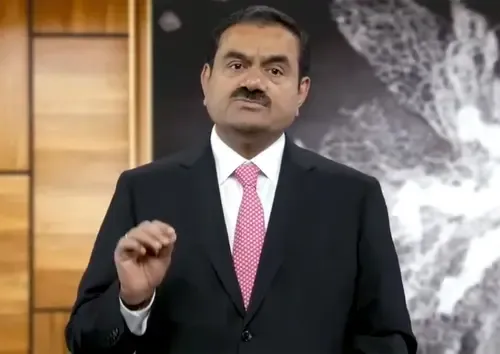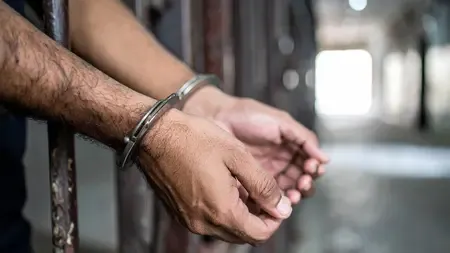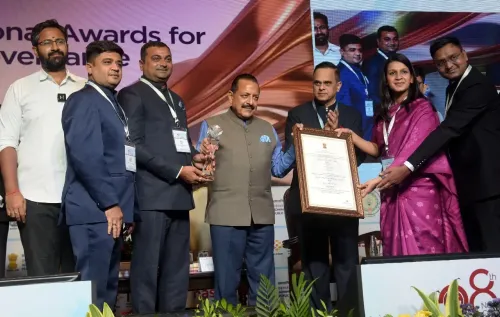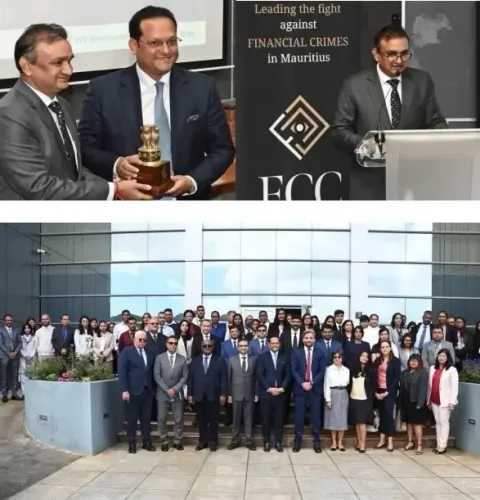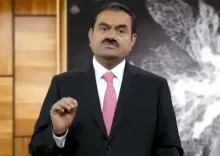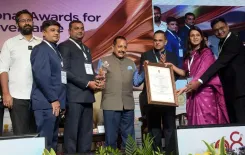80% of Rural Households in India Now Have Tap Water: Jal Shakti Ministry
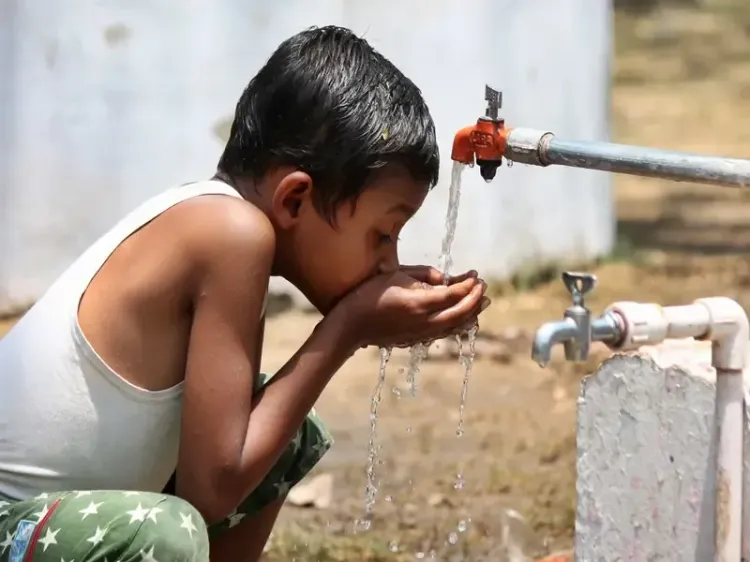
Synopsis
Key Takeaways
- 80.20% of rural households have tap water access.
- 8 states and 3 UTs provide tap water to all households.
- Jal Jeevan Mission has significantly increased connections.
- CPCB monitors river water quality across the nation.
- Identified polluted river stretches based on BOD levels.
New Delhi, March 20 (NationPress) Almost 15.53 crore or 80.20 per cent of rural households across the nation are reported to have access to tap water supply. Eight states and three Union Territories have ensured this facility is accessible to every household, according to the latest official data.
During a response in the Lok Sabha on Thursday, Minister of Jal Shakti C.R. Patil mentioned that when the Jal Jeevan Mission (JJM) was launched in August 2019, only 3.23 crore (or 16.71 per cent) of rural households had tap water connections.
As of March 18, 2025, approximately 12.29 crore more rural households have gained tap water connections under this Mission, bringing the total to about 15.53 crore (or 80.20 per cent) out of 19.36 crore rural households.
The Minister identified eight states—Goa, Telangana, Gujarat, Haryana, Punjab, Himachal Pradesh, Arunachal Pradesh, and Mizoram—along with three Union Territories—Puducherry, Daman and Diu (D&D), Dadra and Nagar Haveli (DNH), and Andaman and Nicobar Islands—as ‘Har Ghar Jal’ regions, where all households have tap water supply.
In response to queries about river pollution, particularly concerning the Ganga and Yamuna, the Minister stated that the issue is primarily managed by the CPCB under the Ministry of Environment, Forest, and Climate Change and the National Mission for Clean Ganga, along with other relevant bodies of the Department of Water Resources, River Development, and Ganga Rejuvenation.
The Central Pollution Control Board (CPCB), in conjunction with State Pollution Control Boards (SPCBs) and Pollution Control Committees (PCCs), has created a National Water Quality Monitoring Network (NWMP) to evaluate the water quality of aquatic bodies, including rivers throughout the country.
Currently, the CPCB operates a Nationwide Water Quality Network consisting of 4,736 locations across 28 states and 7 Union Territories, which includes 2,155 sites along various rivers.
The water quality of the Ganga and Yamuna is evaluated by the CPCB at 112 locations (bi-monthly) and 33 locations (monthly), respectively, as part of the National Water Quality Monitoring Programme (NWMP) in collaboration with relevant SPCBs/PCCs.
The Minister indicated that the Ganga is monitored under the NWMP by the CPCB alongside five SPCBs: Uttarakhand, Uttar Pradesh, Bihar, Jharkhand, and West Bengal, which carry out manual water quality assessments at 112 locations bi-monthly.
Based on the biochemical oxygen demand (BOD) levels exceeding 3 mg/L, the CPCB identified 351 polluted river stretches (PRS) in 2018 (using data from 2016 and 2017) and 311 polluted river stretches in 2022 (based on data from 2019 and 2021).

